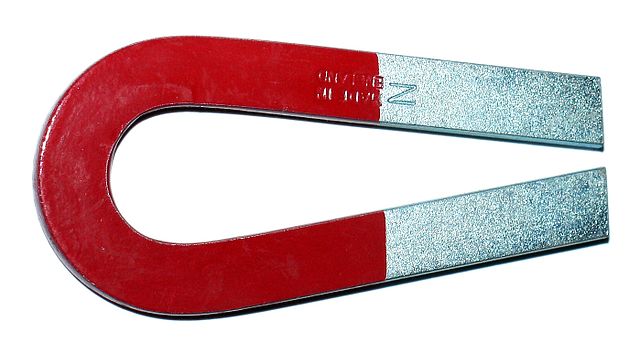RNases are like the baddie super-heroes amongst laboratory enzymes. They are omnipotent, destructive and seemingly indestructible.
This is because they were created by evil overlords, for the sole purpose making life difficult for the brave scientists who battle every day to produce high quality, intact RNA preps.
Ok, I’m joking about the overlords part. But why do RNases have all of those super-powers anyway? And what can you do to defeat them? Let’s find out.
The super-powers of RNases, explained.
RNases are Omnipotent
This is true. RNases are found in all cell types and organisms from prokaryotes to eukaryotes. i.e. they are everywhere. This is one of the main reasons why they are such a problem in the lab. They are floating in the air, on every surface of your body. Which means that they contaminate anything that the air, or any surface of your body has touched. Which is basically everything. Also, RNase A in particular adsorbs very strongly to glass, making it even tougher to remove it from your bottles etc.
RNases are Highly Destructive
RNases generally have a very high specific activity towards their substrate (RNA). This means that the tiniest amount of RNase can easily rip through your precious RNA preps. Incidentally, this is also one of the reasons that an RNase (RNase A) was the first enzyme to have its mechanism of catalysis deduced (Findlay et al 1962).
RNases are Seemingly Indestructible
They display a Phoenix-like recovery after autoclaving
Convential wisdom says that if you autoclave RNases, they denature, but then renature and re-gain partial function after cooling. This amazing, fabled fortitude is enabled by a series of intramolecular disulfide bonds that keep the structure intact, even after the hydrogen bonds that normally hold the 3D protein structure in place are broken. Like all fables, this is true to an extent. But read on and we will find out that this particular super-power has been hyped up by the spin doctors at RNase Baddies Inc.
Even EDTA can’t stop them!
Unlike other nucleases, many RNases do not require metal ions for catalysis since they use the 2-prime hydroxyl group of the RNA substrate as a reactive species So simply adding TE does not inhibit them, like it would for DNA-munching nucleases.
How to defeat the evil RNases
Do not fret, fellow scientist. RNases may be formidable enemies, but they have weaknesses that we can exploit.
Kick them in the H’s
RNases rely on histidine residues in their active site for catalysis. So diethyl pyrocarbonate (DEPC), which is a histidine-specific alkylating agent, can inactivate them. Autoclaving will then remove the DEPC to stop it from alkalyating any other proteins in you, or your samples.
Autoclaving DOES work, to an extent
The much fabled indestructibility of RNases in the face of autoclaving is true at the core, but also very over-hyped, as I mentioned above. A nice little study from Ambion showed that RNases (or RNase A at least) are not completely resistant to autoclaving. Rather their activity is decimated by autoclaving, but a small portion of the RNase activity remains after autoclaving.
But if course a small amount of RNAse still has a lot of RNA munching power. This means that routine autoclaving as part of your RNase decontamination procedures is certainly worthwhile – it’s just that you can’t rely on it to remove all of the activity.
They can’t stand the (dry) heat
While wet heat (autoclaving) partially destroys RNAses, there’s no hope of them withstanding dry heat. Dry heat oxidises RNAses – any any other protein, no matter how robust their are. So for cleaning your glassware, a couple of hours at 180 degC should do it.
Chemical warfare
For cleaning surfaces, RNAses, as robust as they are, can’t stand stuff like hydrogen peroxide, strong acids/bases, Trizol etc. These are all commonly used to get rid of even the toughest RNases.
Kryptonite for RNases: Inhibitors
Perhaps the best weapon we have in our armory against RNAses is RNase inhibitors. Most commonly, commerical RNase inhibitors are versions of placental ribonuclease inhibitor (RI). As someone who spend a year trying to perfect RNA in situ hybridizations without the aid of an RNase inhibitor (due to a false economy by my boss!), I know just how good this RNase Kryptonite is. One microlitre of RI and suddenly my experiments started working.
I say that this is the best weapon in our armory against RNases because unlike all of the other solutions listed above, RNase inhibitors are specific, so you can (generally) put them right where it counts in your workflow and get the protection you need from the evil ones. DO NOT be without this stuff if you are working with RNA.






